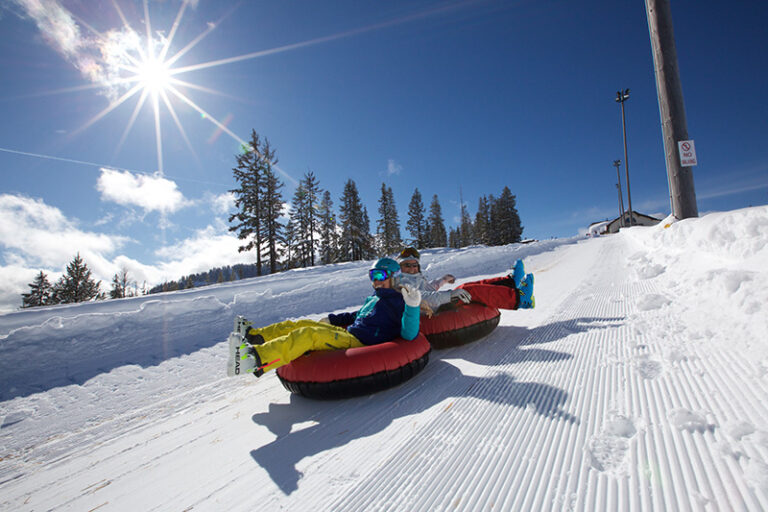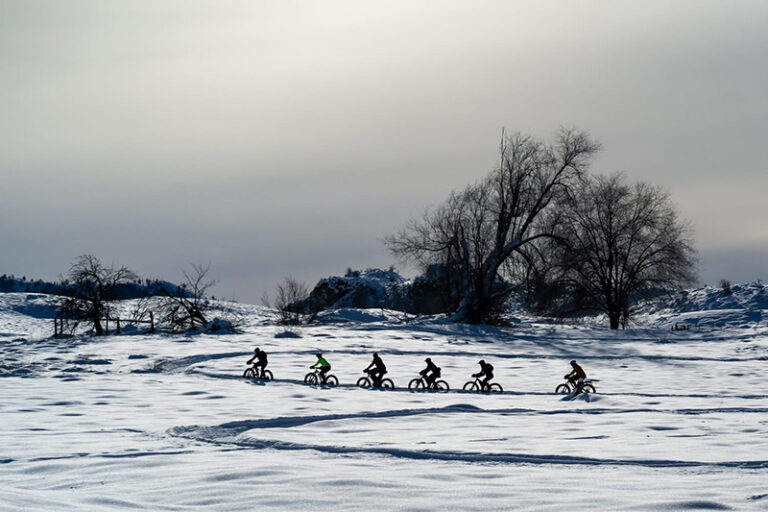Stan Miller, our resident book reviewer and county water expert, offers this response to Juliet Sinisterra’s piece on water treatment in our December issue:
Is Wetland Treatment of Wastewater a Viable Option for the Spokane Valley?
The use of dispersed wetlands over the Spokane Valley Rathdrum Prairie (SVRP) Aquifer is questionable as a wastewater management option. There are several technical, public health and economic reasons for this. Wetland treatment is not a high as is generally perceived by the general public, especially in light of ground water and Spokane River discharge standards. Public meeting have revealed a high level of concern over the public health implications of wastewater being applied to the land surface. Costs of achieving the required treatment levels and for acquiring land for installing wetlands rival the cost of centralized treatment and disposal. Spokane County is exploring the use of a restored Saltese Wetland as a way to use reclaimed water from the planned treatment facility for SVRP Aquifer recharge. Planning this wetland restoration as a potential water reuse facility much information on wetland restoration, construction and treatment capabilities. The following discussion is based on that and other information on wastewater treatment, wetland science and state water quality requirements.
At the technical level there are at least two interrelated problems associated with wetland treatment. First the highly porous nature of most of the soil over the SVRP Aquifer is not conducive to retaining water on the surface without extensive soil amendment and vegetation management. The highly porous nature of the soil and the subsequent leakage to the regions water supply aquifer, leads to limitations on the quality of water can be discharged to a wetland. Wastewater discharged to a wetland built on unamended Spokane Valley soil would be classified as a “surface spreading” aquifer recharge system under state law. Regulations for surface spreading require that the wastewater be treated to drinking water standards and that there be at least a six month time of travel between the point of application and the nearest public water supply well. The large number of water supply wells within the aquifer recharge area and the time of travel limitation make it very difficult to locate a recharge facility (wetland).
Second, the treatment level required for discharge to a wetland and or groundwater connected to the Spokane River cannot be achieved by simple primary treatment systems even in conjunction with a well functioning wetland. Primary water quality issues associated with domestic wastewater include pathogens (disease causing organisms), organic contaminants, and nutrients (phosphorus and nitrogen). Wetlands do a good job of reducing pathogens and decomposing organic components in wastewater. They are not very effective in removing nutrients. Wetlands form a short – term sink for nitrogen and phosphorus and show initial contaminant reduction while the wetland vegetation is developing. Once equilibrium is established and a stable ecosystem is growing, nutrient output then nears nutrient input. Putting this in perspective, the phosphorus and nitrogen in raw domestic wastewater are about 4 – 6 mg/L and 30 – 40 mg/L respectively. In a wetland over the aquifer, where there are no surface streams to carry off the outflow from a wetland, these nutrients will percolate to groundwater. Obviously with a drinking water standard of 10 mg N/L and a ground water standard of 5 mg N/L, recharging groundwater with raw wastewater violates the drinking water standards. Studies of septic tank discharges over the SVRP Aquifer show that nowhere near the 80% – 90% nitrogen removal needed to achieve the ground water standards is achieved as wastewater percolates to the water table. There is no drinking water standard for phosphorus but it is important from a Spokane River quality standpoint. In a recent effort to develop a water quality management plan for the Spokane River it was determined that the maximum phosphorus concentration allowed in point source discharges should be 10 micro – grams per liter. This means that more than 99% of the phosphorus must be removed from the waste stream before discharge to the River. A recent evaluation of septic tank impacts on the aquifer show that about half of the phosphorus applied to the ground over the aquifer will end up in the Spokane River.
The nutrient removal bar for Spokane area wastewater treatment is high. At present there are several “package” treatment systems that can achieve the required treatment for surface spreading; a few can even achieve the nutrient removals needed for SVRP Aquifer and Spokane River quality protection. However, for a facility in the 100, 000 to 1 mgd range a full time operator would be required at each site and for nutrient removal large amounts of chemical additives would need to be used. The labor and materials costs of such facilities would rival that of a large plant. At the level of treatment needed for using artificial wetlands, it would be more practical to find “reuse” opportunities such as industrial uses or irrigation of parks or golf courses near the site of treatment. Low O and M systems like community septic tanks or small aerobic digesters do not achieve the required treatment.
In the several public meetings on water reuse that Spokane County has held it is clear that the public has serious public health concerns over reuse of Class A reclaimed water for irrigation of parks and golf courses. Class A reclaimed water is higher quality than required under the drinking water standards established by the Department of Health except that bacterial levels slightly higher than drinking water levels are allowed. A small amount of disinfection would take care of that deficiency. If the public fears Class A water being applied on the land surface, imagine the level of concern they would have if water of significantly lower quality were to be ponded in wetland areas where kids might be tempted to play.
In addition to the Construction, Operation and Maintenance costs associated with satellite treatment plants required for use of wetland treatment in the Spokane Valley the cost of the land for the wetland itself will be high. State guidelines for wetlands treatment limit the wastewater application rate to a few centimeters per day. About three acres of wetland would be required for each 100,000 gallons of wastewater. About 400 households will produce 100,000 gallons per day of wastewater. Urban and surburban area land costs range from $10 to over $100 per square foot or somewhere between $400,000 and $4,000, 000 per acre. Capital costs for a satellite plant achieving the needed nutrient removal for 100,000 gallons per day is on the order of $500,000. Thus, capital costs for land alone would be at least $2000 per household. This compares with an expected capital cost of around $3000 per household for the nearly $100,000,000 central treatment and disposal system proposed by Spokane County.













